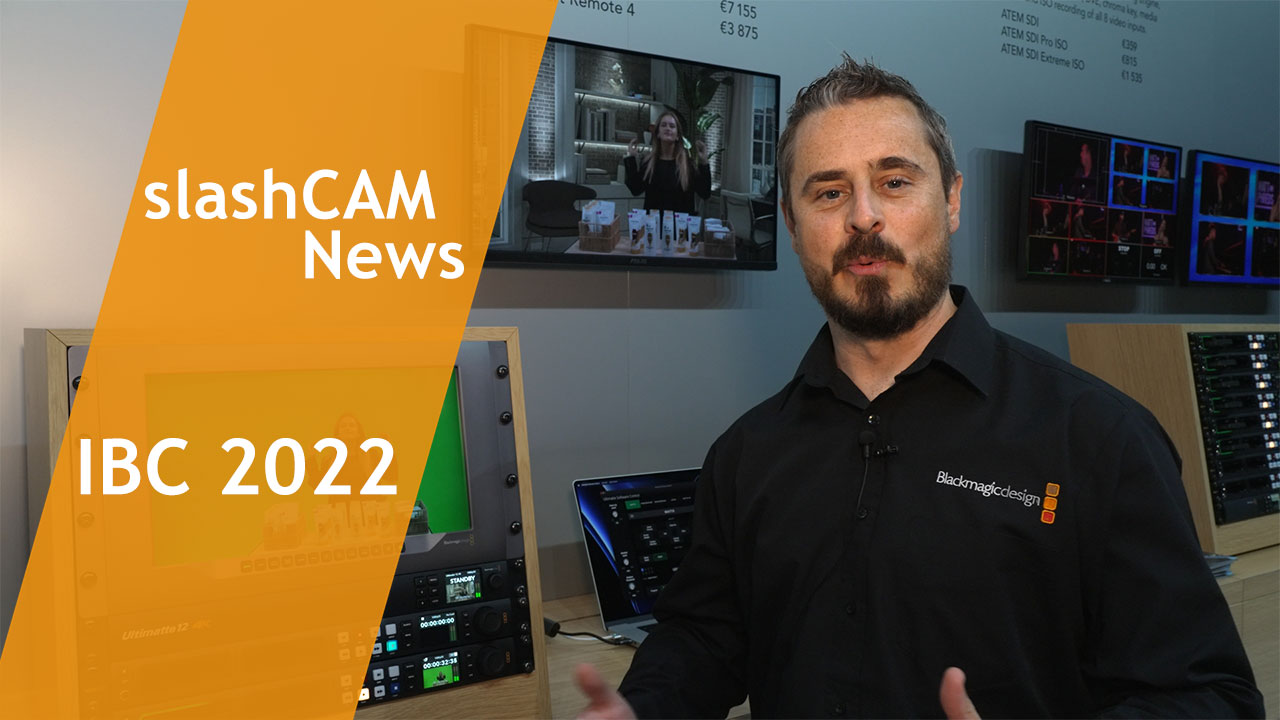[12:23 Thu,30.June 2022 by Thomas Richter] |
We have already reported about 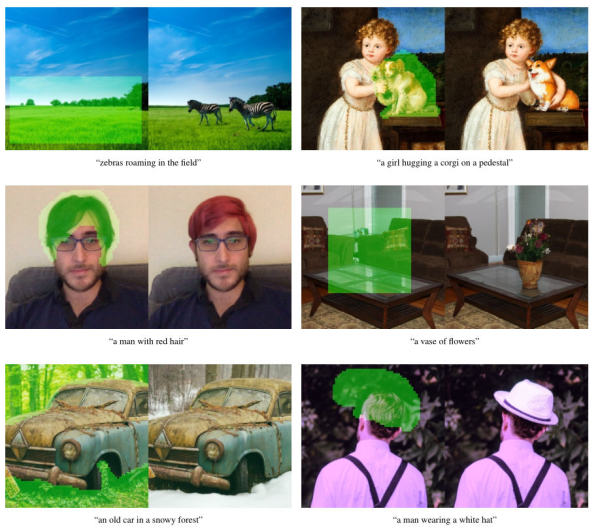 Targeted processing Sherlock makes use of some special capabilities of Thus with the help of the AI just as purposefully an object in a photo can be exchanged as also certain picture characteristics be changed or missing picture areas - for instance because something retouched - be meaningfully "supplemented" by the AI. In-PaintingBy so-called "in-painting", rough objects/areas in the image can be marked manually, which can then be replaced by another object (generated by DALLE-2 via text description), as can be seen in the following examples. Details can also be added or replaced by other matching ones: 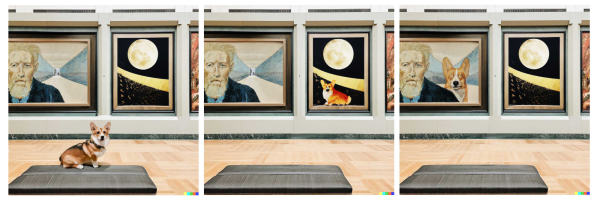 A dog is inserted at different places in an image - each in the style of the context. Or an object can simply be sharpened afterwards: 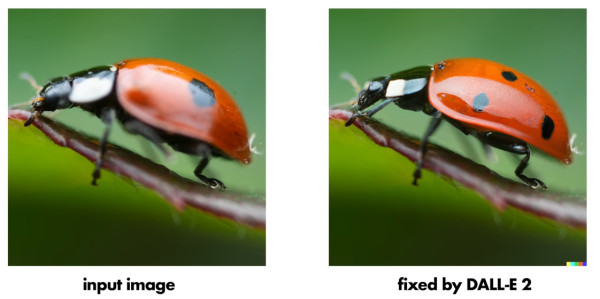 Post-sharpening of a macro shot of a June beetle. DALLE-2&s extensive "knowledge" of image context, as well as the physics of objects in three-dimensional space, acquired through training on millions of images, allows for correct perspective as well as size and exposure to seamlessly insert the new object into the image. Even textures, shadows and reflections caused by the new object are taken into account as you can see in the following example. 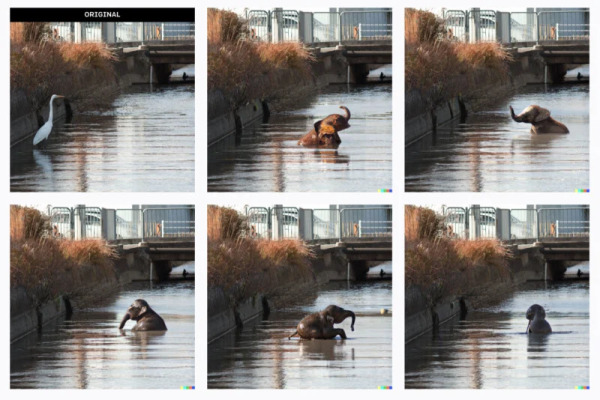 The heron in the image is replaced by an elephant - including correct reflection in the water Out-Painting.Further possibilities of the photo treatment supplies the "Out Painting" (also "Uncropping" mentioned)can be supplemented pictures contextually meaningfully by DALLE-2 around picture areas. This can be used to create whole panoramas from famous paintings (here more  Vincent van Gogh&s Starry Night Users of DALL-E 2 are already experimenting with the possibility to change objects in the picture, e.g. to show them from a different angle or to generate more visually appealing variations of an own photo: 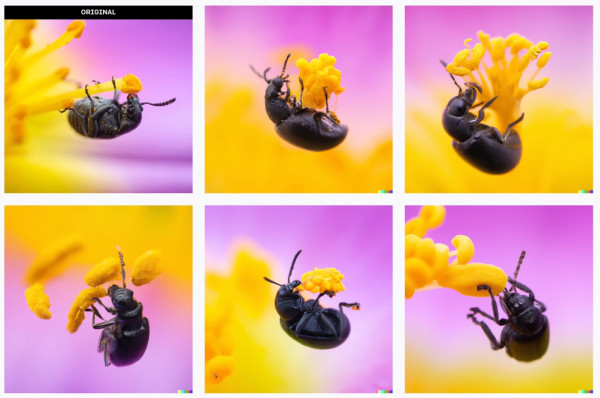 Variations KI: The Future of Photo and Video Editing?DALLE-2 thus acts as a quasi-intelligent photoediting assistant that easily handles otherwise rather complex and tedious changes to a photo by command. DALLE-2 thus enables a new level of working with photos, object-based photoediting. Of course it will take some time until this technology is available to users in sufficiently good quality, but there is no doubt that it will come. What is hard to predict, however, are the consequences - will AI make the job of photographers easier or (in many cases) superfluous if masses of images can simply be generated as desired? Photographer Micael Widell, for one, sees DALLE-2 (and other developments) as calling the future of photography into question (from 2:40): Experience also shows that developments in image processing in the photographic field will soon arrive in video processing as well - the manipulation of temporal image series simply requires more processor (or GPU) power, in addition to changes in the structure of a neural network. Video editing with the help of AI could at least greatly simplify many workflows - such as in color grading - and also facilitate many tasks in compositing via object-based editing, but the development will not stop at the intelligent AI assistant and could also not stop at the creative aspect of many jobs - so one can be curious about the further development. deutsche Version dieser Seite: KI revolutioniert die Photographie: Objektbasiertes Editing mit Hilfe von DALL-E 2 |





